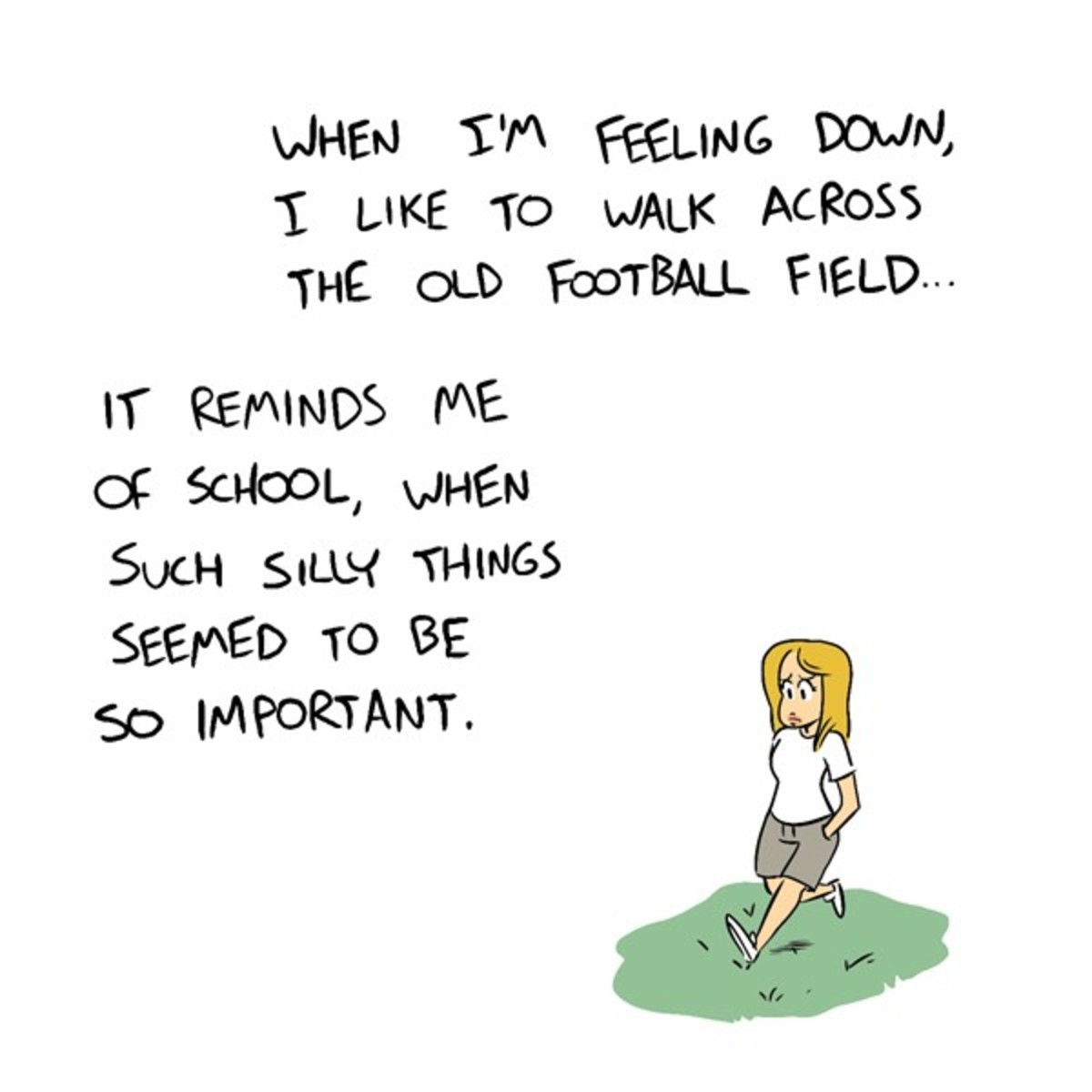

It joined other international efforts such as GISAID, which has collated genomic data from a variety of viruses since the emergence of H5N1 bird flu 15 years ago. The European Bioinformatics Institute brought forward the launch of an online portal for anonymised genetic data from patients so that medical researchers could get a better idea of the crossover between susceptibility to the worst symptoms and their genetic make-up. Although there is already a long-term trend in favour of open-source data sets for use in research, the pandemic has accelerated their use. Other groups, such as the Usher Institute at the University of Edinburgh, have been running online seminars where healthcare experts around the world talk about their experiences and the lessons they have learned in responding to the pandemic.Īlongside online events, data sharing has also taken centre stage. “There’s a huge creative energy and urge to contribute to tackling this disease,” he said, pointing to what at the time were early-stage projects to look at the reasons for high mortality in different groups, and track infections without compromising privacy.

Instead, it had become a virtual meeting focused on the pandemic.
#2020 HINDSIGHT MEME SERIES#
For example, the researchers working for the European Laboratory for Learning Intelligent Systems (ELLIS) saw a way of bringing together various groups using a series of online seminars to spread the word.Īt the first ELLIS virtual meeting in early April, which kicked off with a thousand viewers, Bernhard Schölkopf, director of the department of empirical inference at the Max Planck Institute for Intelligent Systems in Tübingen, noted that an event had been planned that day at the Royal Society in London to celebrate the formation of a network of AI research teams across Europe. Scientists around the world operating across disciplines from AI to genomics said they wanted to help. Lesson 1: Open scienceĪs the pandemic started to hit a coalition began to form, or rather an entire network of coalitions. The lessons from 2020 will take years to digest but even now we can see ways in which the people of the world can use the experience to move forward and take heart that much of what is achievable is down to cooperation rather than conflict. At the same time, big changes to the way that research is carried out combined with the ability to see the impact of work in near real-time provides opportunities to see what is most effective.
#2020 HINDSIGHT MEME HOW TO#
One problem that has taxed public policymakers when trying to analyse how to ease the lockdown is the realisation that techniques such as infection testing may still fail to be useful in managing transmission when other parts of the system do not work. Take for example the issue of taking into account human behaviour when assessing the performance of epidemiological models or mobile apps designed to help limit the spread of the virus. Such situations provide a laboratory for ideas where it is possible to see quickly how things work and what problems seemingly good ideas can run into when they encounter reality. The need to deal with an urgent problem has brought groups together to try to solve problems in ways they would not have considered before without the external pressure. To ensure society does not suffer shocks even worse than a rise in excess deaths, governments around the world have decided economic help is important and even those who used to argue for the discipline of austerity have changed their minds. We have seen in government responses a recognition that the market on its own does not provide. The pandemic and associated lockdowns have provided a wake-up call for the world in how things are done at every level.

The year of Covid-19 is likely to be an example of how sudden pressure can lead to massive changes, and not necessarily all for the worse once all the consequences are taken into account. When revolutions take place, things happen quickly.


 0 kommentar(er)
0 kommentar(er)
